As the temperature rises, there is less greasiness in our daily diet, and more vegetables appear.
Eating more vegetables is a good thing, and some Chinese medicinal materials are actually vegetables when they are not dried for medicine.
The editor recommends some vegetables that taste good and have health care functions. You can buy more and eat healthily.
1. Purslane
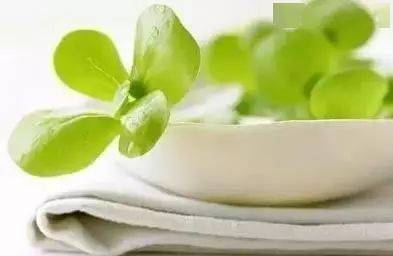
Purslane is rich in various potassium salts, active substances, amino acids and alkaloids, and has the effects of strengthening the heart, protecting the heart, and preventing and treating cardiovascular and cerebrovascular diseases.
Norepinephrine in purslane has a certain auxiliary therapeutic effect on diabetes, and the ω-3 fatty acids, vitamin C and other substances contained in it can treat gastric ulcers.
The large amount of vitamin E, vitamin C, carotene, glutathione and copper ions in purslane play an active role in beauty and weight loss.
Purslane has a strong inhibitory effect on a variety of pathogens and fungi, and can be used for a variety of skin diseases and intestinal diseases.
2. Mugwort
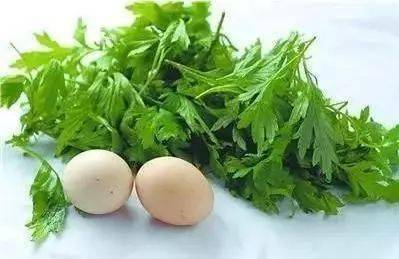
Laboratory tests have shown that the decoction of mugwort can resist various respiratory and digestive diseases and pathogens of typhoid and cholera.
Medically, mugwort preparations are often used to treat diseases such as dysentery and enteritis, especially to treat eating disorders and stomach pain caused by eating too much raw and cold food (what Chinese medicine calls “spleen and stomach deficiency and cold”).
The custom of eating foods containing mugwort during the winter solstice and Qingming Festival has certain health-preserving reasons. Cooking with mugwort directly has more significant effects.
3. Mint
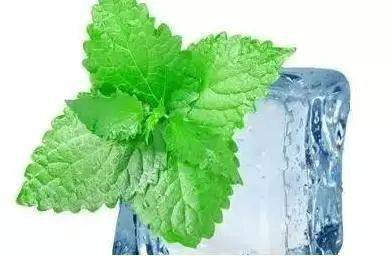
The first impression of mint is “coolness”, and the cooling effect mainly comes from menthol (menthol) ingredients.
By stimulating the receptors of the skin nerve endings, it first produces a cool feeling, followed by a slight burning sensation, causing long-term congestion, thereby producing the effects of cooling, antipruritic, anti-inflammatory and analgesic.
A small amount of mint can excite the central nervous system, dilate the surrounding capillaries and dissipate heat; promote the secretion of sweat glands, and at the same time promote the secretion of respiratory mucus, so that the effective ventilation of the respiratory tract increases;
Therefore, mint is often used in clinical medicine to treat symptoms such as sore throat caused by wind-heat cold.
Mint has shown a therapeutic effect on gastric ulcers in experiments. The 8 catechol acids it contains are effective anti-inflammatory agents. Regular consumption can prevent and treat digestive tract diseases.
Mint has the effect of inhibiting milk secretion. Pregnant women and breastfeeding women should not eat too much.
4. Okra
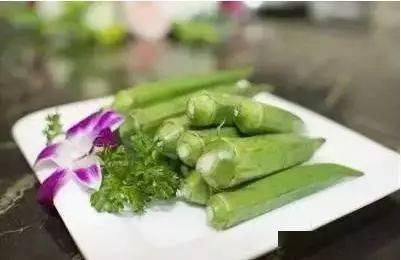
The young fruit of okra contains arabinan, galactan, rhamnose, protein, calcium oxalate and other ingredients.
It also has a viscous liquid. Regular consumption can help digestion, enhance physical strength, protect the liver, and strengthen the stomach and intestines.
Okra is rich in trace elements such as zinc and selenium, which can enhance the body’s anti-cancer function;
It is also rich in vitamin C and soluble fiber, which not only has a health-care effect on the skin, but also can make the skin white and tender.
Okra contains natural hormone substances, which can strengthen the kidney and replenish deficiency, and has an auxiliary therapeutic effect on male organic diseases. It enjoys the reputation of “plant Viagra”.
5. Houttuynia cordata

The volatile oil components such as houttuynia cordata and lauric aldehyde contained in houttuynia cordata have a certain inhibitory effect on a variety of pathogens and microorganisms.
Houttuynia cordata and houttuynia cordata decoction can significantly promote the phagocytic ability of white blood cells and enhance the body’s immune function.
The quercetin contained in houttuynia cordata has the effect of dilating blood vessels, which can effectively dilate renal capillaries, increase renal blood flow and urine secretion, and is often used for diuresis in clinical practice.
Clinical experiments have shown that Houttuynia cordata has good effects on upper respiratory tract infections, bronchitis, pneumonia, chronic tracheitis, chronic cervicitis, whooping cough, etc.
It also has certain effects on acute conjunctivitis, urinary tract infections, etc.
The antibacterial effect of Houttuynia cordata will weaken when heated. When you have the opportunity to eat Houttuynia cordata, try to use it cold!
- Moneywort The ash and potassium salt contained in Moneywort have a significant diuretic effect, which has also been confirmed by clinical experiments. Therefore, Moneywort is also used clinically to treat diseases such as urinary tract stones. Clinical experiments have also confirmed that Moneywort decoction has an inhibitory effect on a variety of pathogenic bacteria, and regular consumption can have antibacterial and anti-inflammatory effects. Moneywort contains free amino acids, which have a good effect on liver and gallbladder diseases.
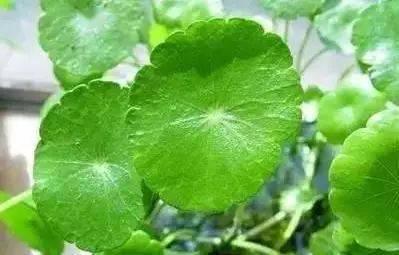
7.Dandelion In the laboratory, dandelion showed good resistance to a variety of pathogens and fungi and a certain degree of killing effect.
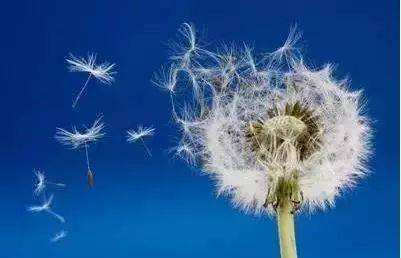
Scientists believe that the broad-spectrum antibacterial effect of dandelion mainly comes from the alkaloids, organic acids and sterols it contains.
Dandelion contains polysaccharides that can promote immune function. The taraxasterols and taraxadiols it contains have shown an inhibitory effect on tumors in clinical experiments.
